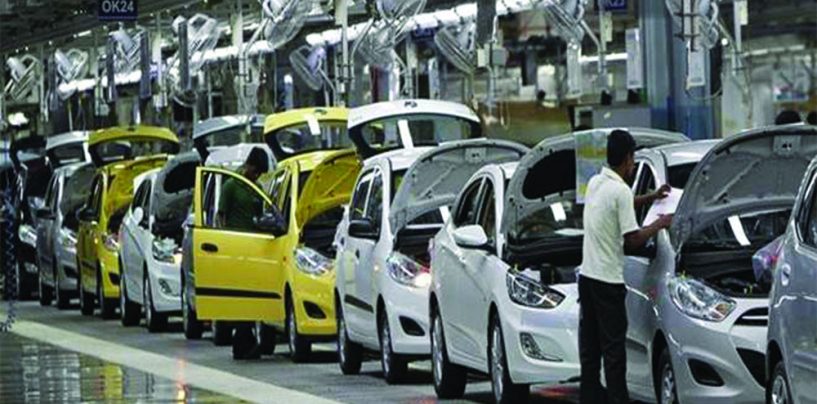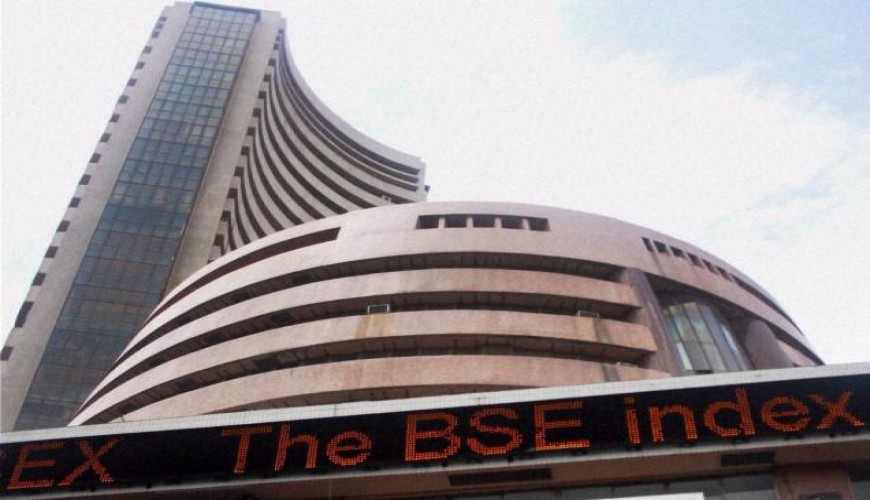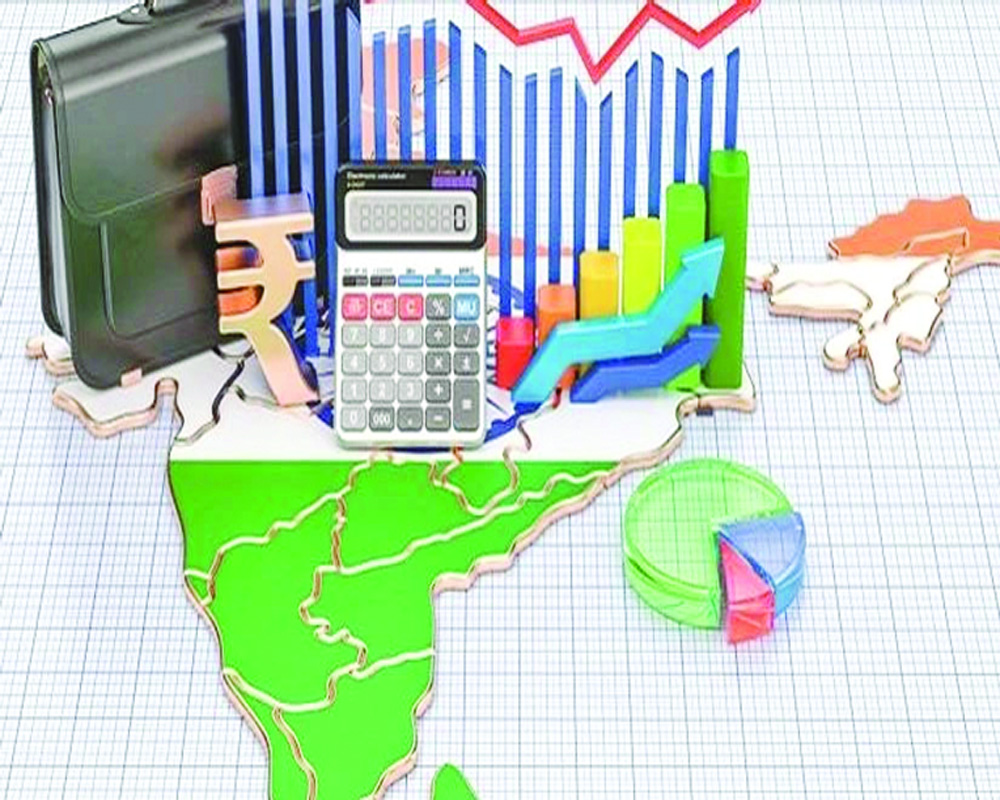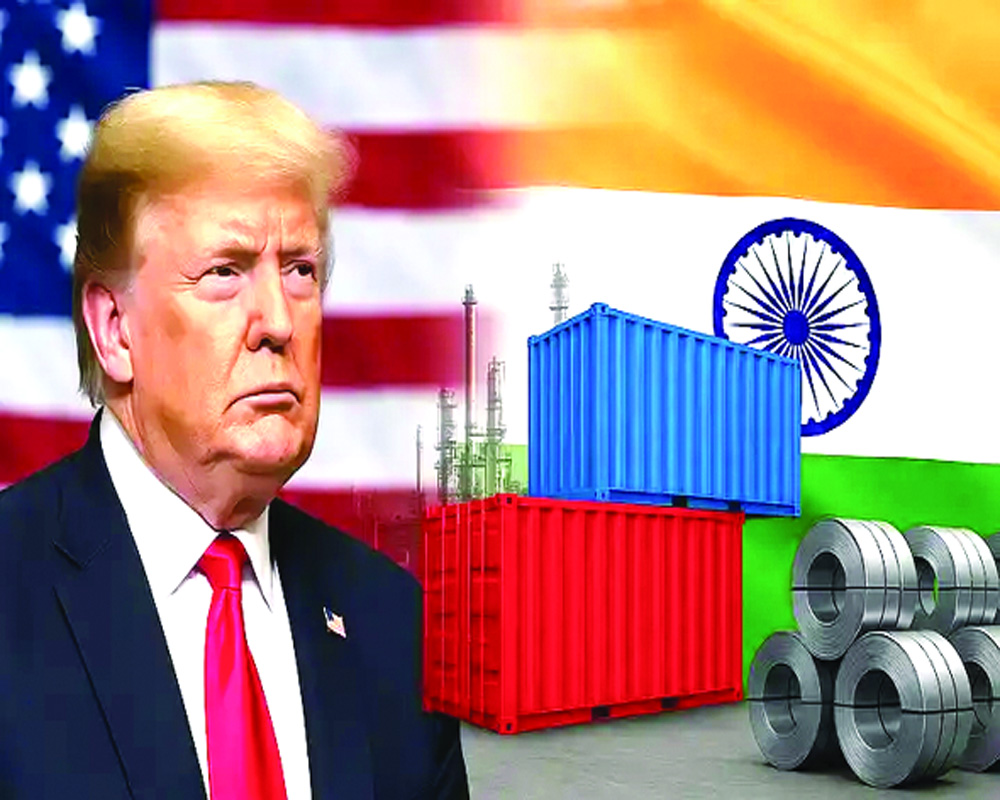Sales of cars and utility vehicles have taken a huge hit and upcoming changes in safety standards and emissions will drive sales even lower
The past few months have been particularly brutal for the Indian automotive industry. Sales of cars, utility vehicles, motorcycles, scooters and heavy commercial vehicles have all fallen, and no manufacturer has been spared. After several years of consistent growth, the market’s sudden decline has caught every manufacturer off-guard, and with several other producers making entry into India soon, it has made plans go awry. Over the past few years, the capacity of close to a million new vehicles has been added in India and with Korean car-maker Kia about to inaugurate its new facility in Anantapur, Andhra Pradesh, later this year, even more capacity is coming on stream. But everyone in the industry is puzzled by the scale of the decline and is wondering when sales will start growing again.
One reason, a line being parrotted by all large manufacturers ever since the four-decade-old veteran of the industry Maruti-Suzuki Chairman RC Bhargava mentioned it, is that sales tend to decline in the months leading up to a General Election. This afflicts not just the auto industry, but consumer sentiment is also depressed before elections simply because of political uncertainty filling the air. Consumers tend to hold on to their money lest a new Government comes in and changes policy. But the contagion for the Indian automotive industry started earlier than expected this electoral cycle, beginning with the devastating floods in Kerala that all but wiped out sales during the Onam festive period. The northern festive season while seeing some sales increases were muted as was the wedding season. Since 2019 rolled around, sales have jumped off the cliff — last month Maruti-Suzuki saw sales drop by a fifth over the same month (May) last year.
So the impending elections, where Narendra Modi romped home in a canter, cannot be the sole reason. Of course, outlier events such as the Kerala floods had an impact, but the decline in sales is a clear indication of economic distress. Even with some rate cuts making loans cheaper, several banks, particularly those worst affected by Non-Performing Assets crisis, have been reluctant to participate in retail loans. This is evident in fewer promotions and even advertising for car loans. The Reserve Bank of India’s aggressive series of rate cuts will serve no purpose in fostering growth if banks do not start lending again. However, with political stability and a need to boost the economy, there is a feeling that loan disbursals will kick into a higher gear soon.
But the industry will not be out of the woods that easily, for several reasons. First, there is a mandatory requirement of five years of insurance for all vehicles. This is a direct result of low rates of repeat insurance purchases, particularly for two-wheeler owners. At the same time, the Government has insisted on manufacturers adding safety features to their products. For car manufacturers this has meant everything from anti-lock brakes, two-front airbags minimum, reversing sensors and speed alarms. Two-wheelers, too, get newer braking systems called a Combined Brake Distribution (CBD) system. Higher rates of insurance will mean that many of the accident victims — and India has over 1,50,000 road fatalities heavily skewed towards pedestrians and two-wheeler users — will get some semblance of coverage.
In cars, some of these features had already started to become standard, so cost escalation will be minimal but in two-wheelers many of these features are relatively new. Mandatory insurance coupled with an increase in third-party insurance rates mandated by the insurance regulator has seen prices increase almost 10 per cent, driving a pin through the ballooning growth and bursting it. Sales for scooters, growing at a frantic pace over the past decade, have dropped by a third.
A bump in prices dictated by policy could be a temporary thing, but a double-whammy like this hurts sales in an already troubled consumer economy. And it is only going to get worse. A few years back, after a very polluted winter in the National Capital, the Government decided to accelerate the process of introducing new emissions norms. It was decided that vehicles would shift to Bharat Stage-IV (BS-IV) almost immediately and mandatorily introduce Bharat Stage-VI (BS-VI) norms starting from April 1, 2020. Skipping BS-V norms meant that manufacturers had to skip an entire generation and force them towards expensive innovation.
It has also meant that costs will go up on BS-VI vehicles — all of which will need new types of fuel treatment, injection, exhaust and catalytic systems. All of which add costs. While the automobile and commercial vehicles have moved to the comparable Euro-VI emissions standards in Europe, for two-wheeler manufacturers, the move to BS-VI is an all-new emission standard anywhere in the world, and India, as a result, will manufacture the world’s cleanest motorcycles.
Nobody can argue about these features. Extended insurance will help accident victims and owners and lead to proper measurable statistics for insurance companies leading to differentiated rates and better coverage. Better safety features should help manage road fatalities, although amendments to the Motor Vehicles Act, if cleared by the Parliament, will make the biggest difference. As for better emissions, it is apparent to all who live in the plains that air quality has dramatically worsened. Any action to improve it should be welcomed. Yet, there is also no doubt that this triple threat has hurt consumer sentiment with increased prices that might keep demand suppressed for longer.
This is not a good thing for the Government — the automotive industry directly employs one and half million people and indirectly supports over 10 million families. While changing policies, promoting safety and better emissions are good things, the Government should try to keep a measured approach when it comes to changing norms going forward, particularly with the push for electrification. There is no doubt that electric mobility is the future, but a healthy and thriving automotive industry is important. Changes in policy should not be made in a knee-jerk reaction or because of the need to follow global fads. There are huge challenges to adopt electric mobility in India and we are seeing the result of what poor policy planning can do to an industry.
(The writer is Managing Editor, The Pioneer)
Writer: Kushan Mitra
Courtesy: The Pioneer








 OpinionExpress.In
OpinionExpress.In















Comments (0)